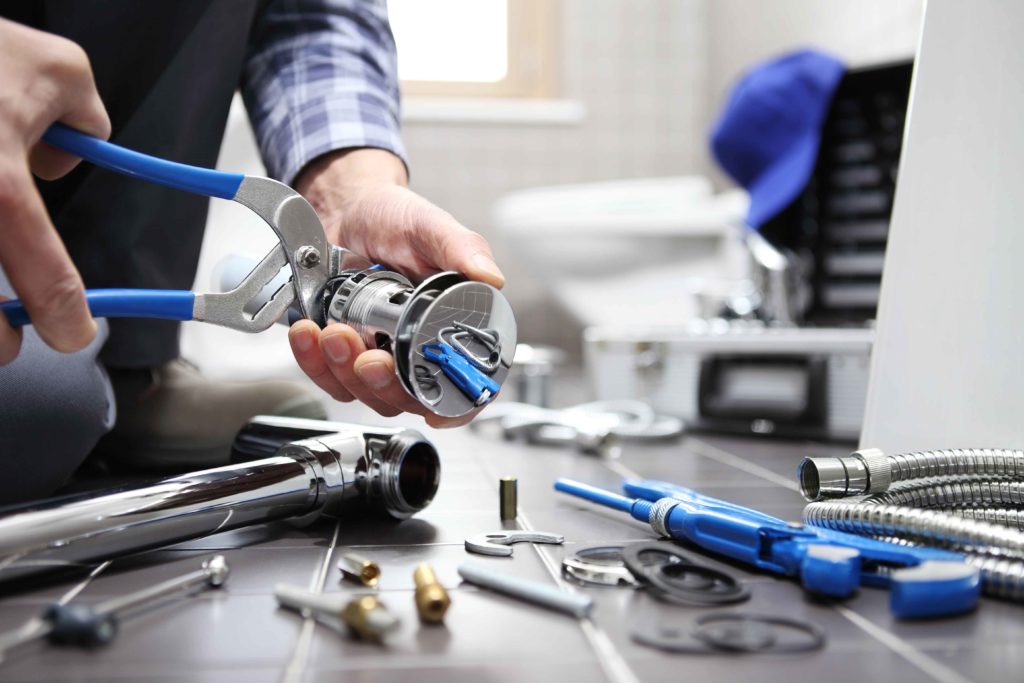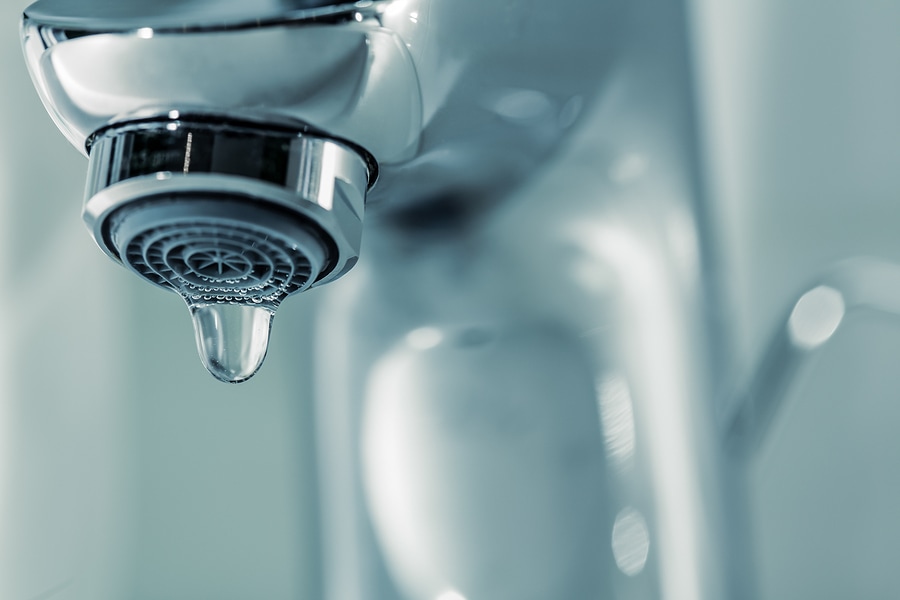Your Merits of Correcting a Leaking Faucet
Your Merits of Correcting a Leaking Faucet
Blog Article
Just how do you really feel in relation to Leaky Faucets: Why They Happen & What to Do About Them?

Dripping taps could seem like a minor aggravation, but their influence exceeds simply the aggravation of the noise. From wasting water to sustaining unnecessary economic costs and health and wellness dangers, neglecting a trickling tap can lead to different consequences. In this write-up, we'll explore why it's vital to resolve this common home problem immediately and properly.
Wastefulness of Water
Ecological Effect
Dripping taps contribute considerably to water wastage. According to the Environmental Protection Agency (EPA), a single faucet leaking at one drip per second can waste greater than 3,000 gallons of water annually. This not only pressures water resources but also influences environments and wildlife based on them.
Step-by-Step Guide to Dealing With a Dripping Faucet
Devices Needed
Before trying to repair a trickling faucet, collect the needed tools, consisting of a flexible wrench, screwdrivers, replacement components (such as washers or cartridges), and plumber's tape.
Usual Tap Issues and Their Solutions
Determine the type of faucet and the specific problem causing the drip. Usual troubles include damaged washers, corroded shutoff seats, or defective O-rings. Describe producer guidelines or online tutorials for detailed guidance on repair work.
Financial Prices
Enhanced Water Expenses
Past the environmental effect, trickling faucets can pump up water costs substantially. The collected wastefulness in time converts right into greater utility costs, which can have been avoided with timely repair services.
Possible Residential Property Damages
Moreover, extended leaking can bring about damage to components and surface areas surrounding the faucet. Water build-up can trigger staining, rust, and even architectural issues if left neglected, leading to additional repair work expenses.
Wellness Problems
Mold and Mildew Growth
The constant visibility of dampness from a dripping faucet creates a suitable atmosphere for mold and mildew growth. These fungi not only jeopardize indoor air high quality however likewise position health and wellness dangers, especially for individuals with respiratory conditions or allergies.
Waterborne Diseases
Stationary water in trickling taps can come to be a breeding place for microorganisms and various other microorganisms, boosting the threat of waterborne illness. Contaminants such as Legionella microorganisms grow in stationary water, possibly resulting in major diseases when ingested or breathed in.
Do it yourself vs. Expert Repair work
Advantages and disadvantages of DIY Fixing
While some might attempt to fix a trickling faucet themselves, DIY repairs feature their own collection of challenges. Without correct expertise and devices, DIY attempts can aggravate the problem or result in incomplete repairs, lengthening the issue.
Benefits of Working With an Expert Plumber
Hiring a specialist plumber guarantees that the underlying cause of the leaking tap is attended to efficiently. Plumbers have the knowledge and tools to identify and fix faucet concerns effectively, conserving time and reducing the risk of further damages.
Environmental Obligation
Individual Contribution to Preservation
Taking responsibility for dealing with dripping taps straightens with broader initiatives towards water conservation and ecological sustainability. Every person's actions jointly make a significant effect on maintaining precious sources.
Lasting Living Practices
By prioritizing timely fixings and adopting water-saving practices, people add to lasting living practices that benefit both present and future generations.
Preventive Measures
Routine Upkeep Tips
To prevent leaking taps, carry out routine upkeep such as cleansing aerators, checking for leakages, and replacing worn-out components quickly. Furthermore, take into consideration mounting water-saving devices or upgrading to much more effective components.
Relevance of Prompt Services
Addressing leaking faucets as quickly as they're observed protects against more water wastage and potential damage, ultimately saving both water and money in the long run.
Impact on Residential Or Commercial Property Value
Understanding of Well-Maintained Residential Property
Keeping a property in good condition, including addressing upkeep concerns like trickling taps, improves its viewed value and value amongst possible purchasers or renters.
Influence on Resale Value
Properties with well-maintained plumbing components, consisting of taps, command higher resale values in the property market. Resolving leaking faucets can contribute to a positive perception during property inspections and arrangements.
Final thought
Resolving a leaking tap surpasses simple benefit; it's an important step towards conserving water, reducing economic costs, and guarding health and wellness and residential or commercial property. Whether through do it yourself repair work or specialist help, taking action to deal with leaking taps is a small yet impactful way to advertise responsible stewardship of sources and add to a healthier, more sustainable future.
Most Common Reasons for a Leaky Faucet and How to Stop the Drip
Whether it’s your kitchen faucet leaking or a bathroom faucet leaking, one leaky faucet can waste anywhere from three to 30 gallons of water every single day. If the constant drip-drip-drip doesn’t get your attention, your water bill will. The good news is that, by following a few simple steps, chances are pretty good you can fix the problem yourself.
Why is it dripping?
Before you start taking things apart, let’s break down some of the most common causes of a leaky faucet.
Bad O-ring.
A cartridge is a valve that controls the flow of water into the faucet spout. On cartridge faucets there’s an O-ring—the little disc attached to the stem screw that holds the faucet handle in place. If it’s loose or worn-out, it can cause your sink handle to leak. Of course, the cartridge itself could be worn out. If that’s the case, make sure you replace it with the exact same kind.
Corroded valve seat.
The valve seat connects the faucet and the spout. If the leak seems to be coming from the spout, it might be because a buildup of water sediment has corroded the valve seat.
Worn-out washers or seals.
A leaky spout could be caused by a bad washer that rests against the valve seat. It’s just a matter of time before friction takes its toll. It could also be the wrong size washer or one that’s been installed incorrectly. Water sediments can also corrode inlet and outlet seals.
Water pressure.
If the faucet only drips now and then, or when you turn the handles a certain way, you should probably check your home’s water pressure.
Loose or broken parts.
The adjusting ring and packing nuts in the stream screw can become loose over time, causing your sink handle to leak. Try tightening or replacing the packing nut. If the leak is coming from the pipes underneath the sink, you probably have a broken pipe or fitting. If that’s the case, you should definitely call a plumber.
Know your faucet.
Faucets come in a variety of types. Each one has its own assembly—and its own possible causes of leaks. Learning about the four most common kinds of faucets will help you know how to take them apart and make any repairs.
How to stop a leaky faucet
Fixing that leaky faucet doesn’t have to take a lot of time, money, or expertise. It’s usually a simple matter of replacing a worn-out washer or gasket, a loose O ring, or another part. Chances are really good you can do this yourself if you follow these simple steps.
Shut off the water.
Before you tackle the faucet, cut off the water supply to the sink. There should be one valve for hot and one for cold. Hand-turn them clockwise with your hands till they close. If there are no valves under the sink, head to the basement and shut off the main water supply to the house. Then turn on the faucet until it empties out the water that’s still in the line and you’re ready to start. It’s a good idea to cover the sink drain with a plug or a rag so you don’t lose any small pieces and parts while you’re working.

We had been brought to that editorial about 4 Common Reasons for a Leaky Faucet from a friend on a different domain. So long as you enjoyed our post kindly remember to share it. Thank you so much for taking the time to read it.
Report this page